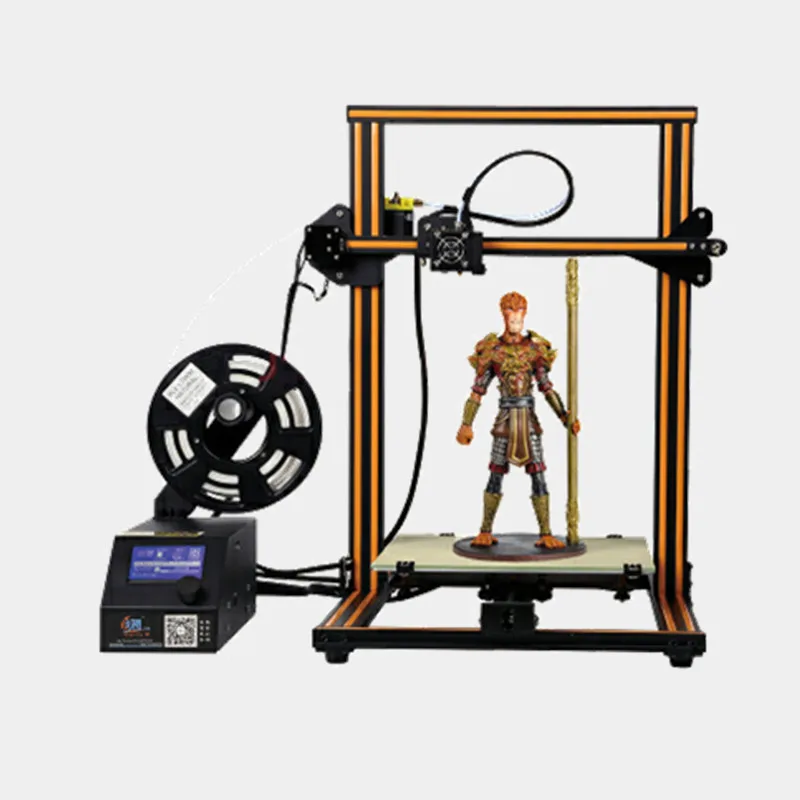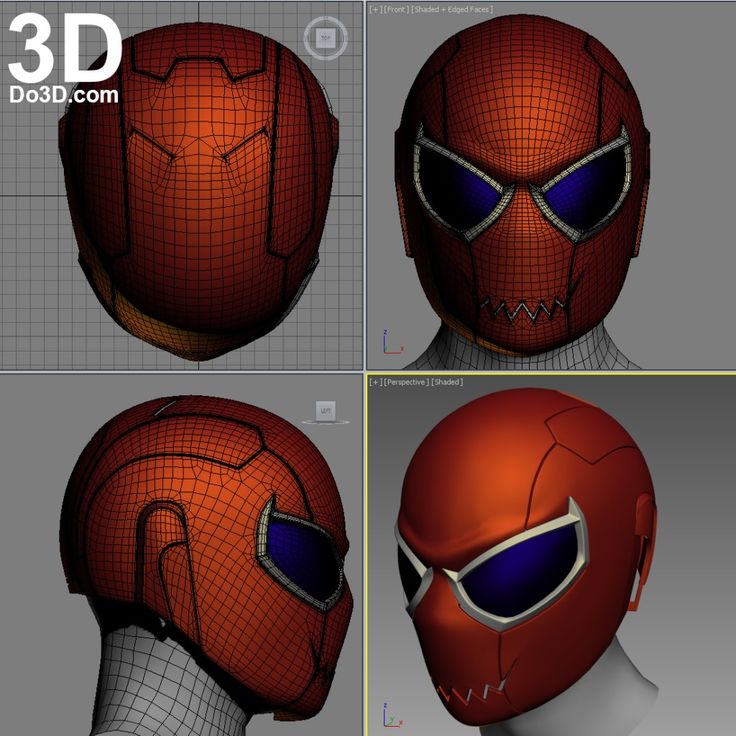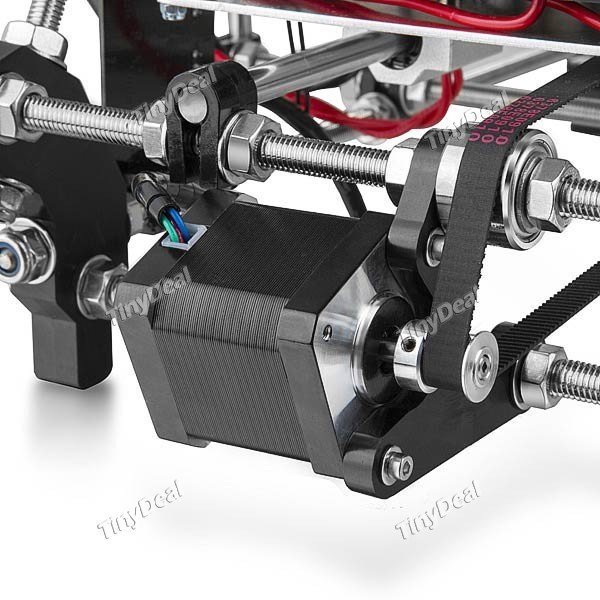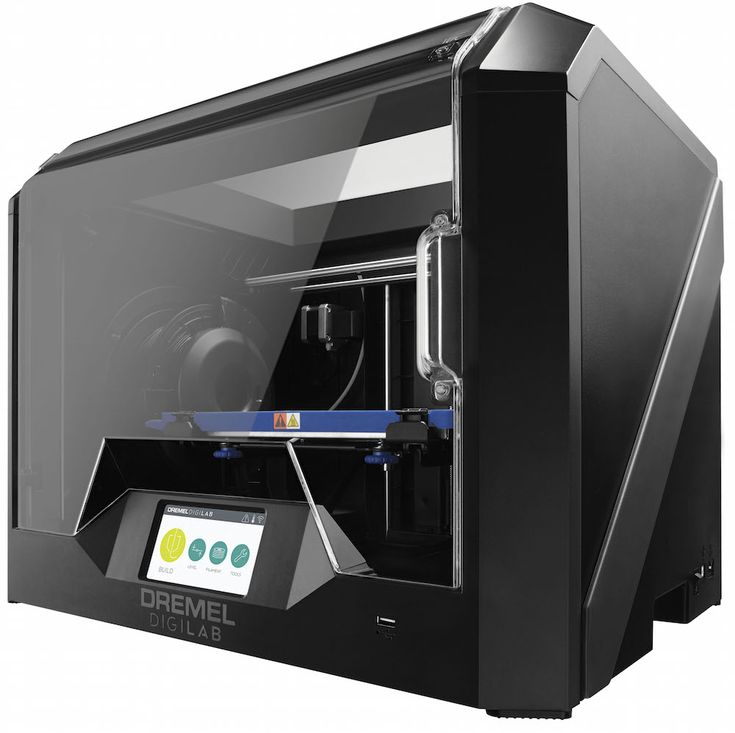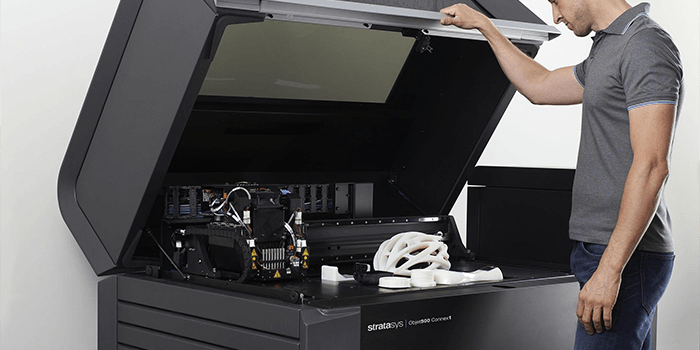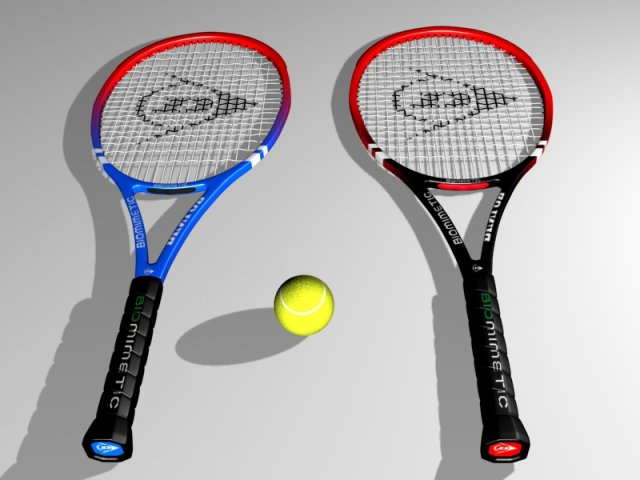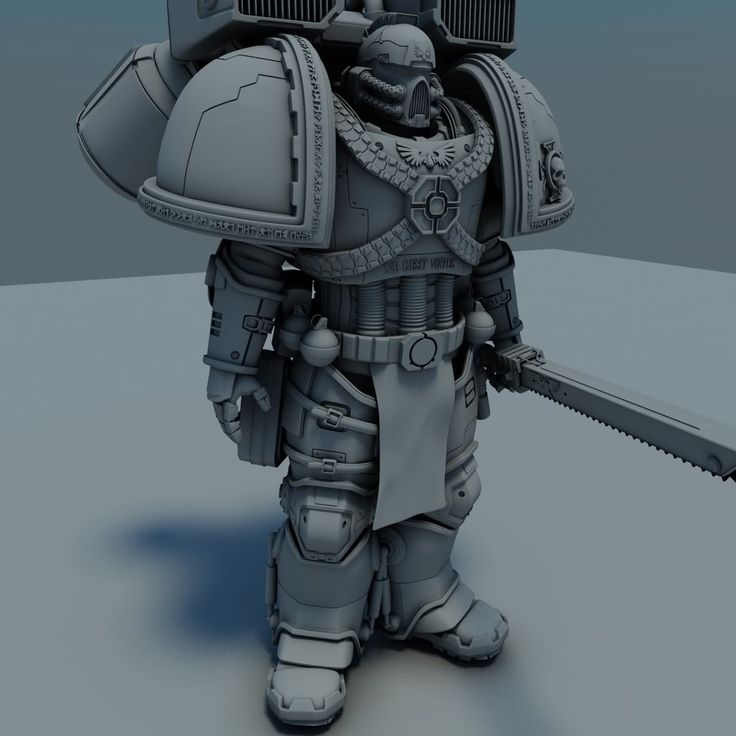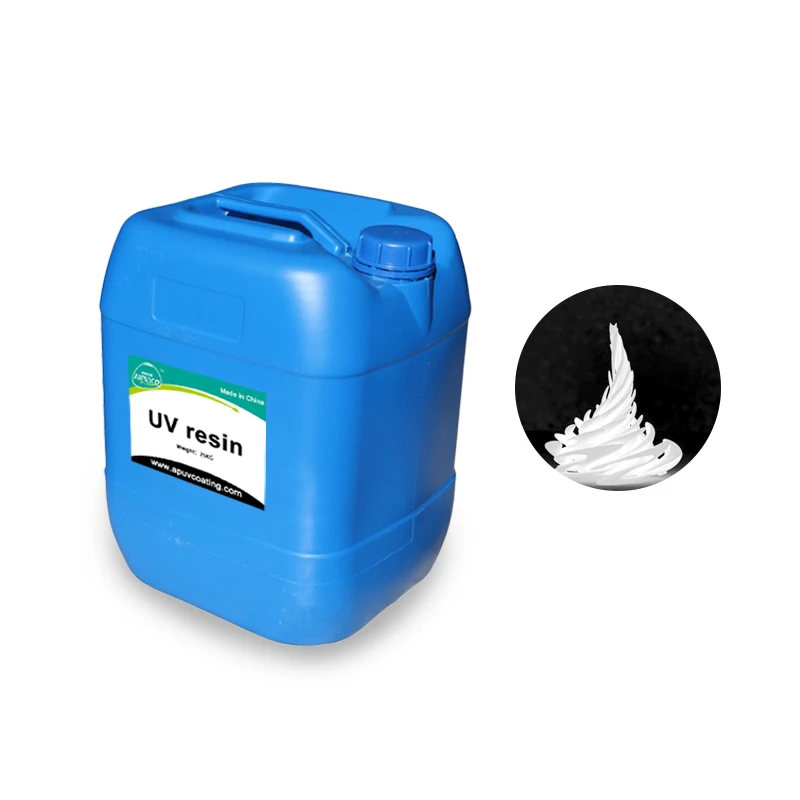3D printed machinery
3D printers: 10 machines for home manufacturing
Image
1
of 10 3D printers: 10 machines for home manufacturingntThe age of being able to print off anything – from washing machine parts to shoes – in your home is approaching.
n
ntFor years 3D printers, which build solid objects layer by layer using computer models, came with a price tag that made them unaffordable to anyone outside big business.
n
ntHowever in recent years homebrew 3D printer projects such as RepRap in the UK and Fab@Home have demonstrated it’s possible to build a 3D printer for about $1,000.
n
ntToday, there are a slew of 3D printers aimed at the home market, many of which are based on the open-source RepRap printers. TechRepublic has rounded up 10 machines for fabricating items at home.
n
nt3D printing noobs should be aware that not only do many of these machines ship as kits that have to be built by the user, most are more complicated to operate than your standard 2D printer.
n
ntRunning costs are also not cheap. Most of the printers build objects using filament, typically made of ABS or PLA plastics. A one-kilogram coil of these plastics costs in the region of $70.
n
ntIf you do pick up a 3D printer and are lacking inspiration, check out the Thingiverse, a collection of free designs for printable objects.
n
ntCube 3D
n
ntThe Cube 3D, shown above, is a printer designed to make building plastic objects as easy as running off a copy of a document.
n
ntThe $1,299 device can print items as large as 5.5 inches cubed. It prints in one colour at a time, squeezing molten plastic from its nozzle, and can produce 10 different shades.
n
ntThe Cube is designed to be easy to use, with cartridges that clip into place and software that turns 3D computer models into a form the printer can understand. The software handles models in the STL format, which is output by most CAD packages.
n
ntDesigns for objects that can be printed using the Cube are available through its dedicated online store.
n
ntUsers can tweak ready-made designs for printable objects, such as toys and jewellery, using a selection of apps.
n
ntPrint time is proportional to the size and complexity of the object being built, but the manufacturer says an iPhone case will take about two to three hours to print.
n
ntEach cartridge will print 13 to 15 phone case-sized objects before it needs replacing.
n
ntPhoto: 3D Systems Corporation
3D printers: 10 machines for home manufacturing 3D printers: 10 machines for home manufacturing 3D printers: 10 machines for home manufacturing 3D printers: 10 machines for home manufacturing 3D printers: 10 machines for home manufacturing 3D printers: 10 machines for home manufacturing 3D printers: 10 machines for home manufacturing 3D printers: 10 machines for home manufacturing 3D printers: 10 machines for home manufacturing- Software
The benefits of 3D printing for machine builders
Contact an HP 3D Print expert
Choose the phone number for your country to speak to a local HP 3D Printing sales expert today.
België/Belgique
+32 78 48 44 69
Czech Republic
+420 239 050 531
Deutschland
+49 7031 986 90 13
+49 7031 986 90 17
España
+34 93 003 45 95
France
+33 6 28 78 35 59
Italia
+39 02 8295 2406
Nederland
+31 20 241 5685
Norway
+47 23 96 00 13
Österreich
+43 720 117035
+43 1424 0091
Romania
+40 376 300 174
Sweden
+46 8 446 891 49
Suisse/Switzerland
+41 44 511 2308
+41 44 511 2333
United Kingdom
+44 20 7365 8158
United States
+1 877 468 8369
When you’re considering entering the world of 3D printing, it’s valuable to understand the context in which the industry developed to the point where it is now helping to reshape the present and reimagine the future.
In the beginning, 3D printing was largely a basic prototyping tool. But, even then, 3D printing for manufacturing was developing at a remarkable pace.
Today, it has evolved into an essential, sophisticated, simulation, production, and supply chain component. This rapid progress has been driven by advancements in additive manufacturing technology combined with the imagination of engineers, applications that incorporate complex geometries, and different, exciting materials.
The advantages of 3D printing for machine components
Depending on production volumes, 3D printing can be less costly overall for certain product categories. It offers you the ability to make lighter machine or equipment parts that are easier to customize, enabling, for example, equipment efficiency and reduced energy consumption. You can also produce complex parts that literally can’t be made with conventional Computer Numerical Control (CNC) machining.
Beyond this, 3D printing technologies like HP Multi Jet Fusion, can build parts without the need for the support structures that other 3D printing technologies such as FDM, SLA, or Material Jetting require – which offers even more design freedom and cost-efficiency.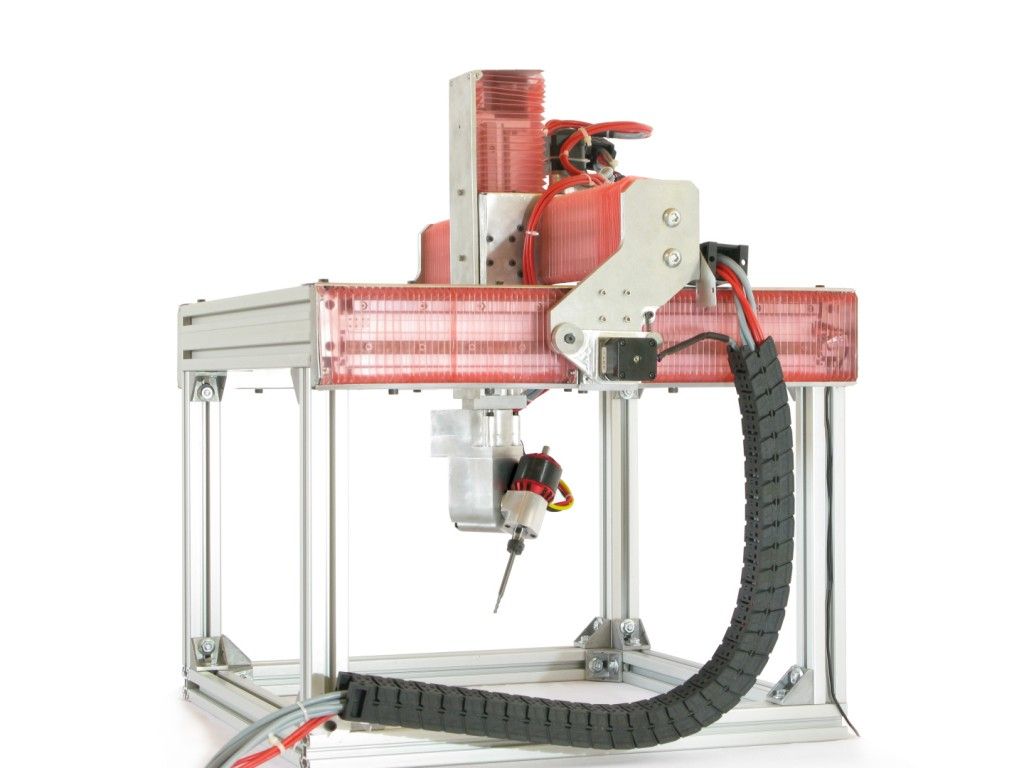
Back to menu
Case studies: benefits of 3D printing
The Biesse Group: comparing HP Multi Jet Fusion with other 3D printing technologies
Machines made by the Biesse Group support a diverse set of assembly needs in the woodworking industry. The company creates a wide range of highly customized parts and tools as well as machines ranging from small, semi-automatic devices to large, automated, and customized production machines.
Asked to produce a gearbox (see Figure 1) that originally required multiple manufacturing technologies, including injection molding and CNC machining, Biesse turned to 3D printing for woodworking.
Data courtesy1
Figure 1
The company’s engineers compared the production time and cost enabled by HP Multi Jet Fusion technology with that of other 3D printing technologies as well as with traditional manufacturing methods and found they could create the part with more efficiency and at a lower cost than previously.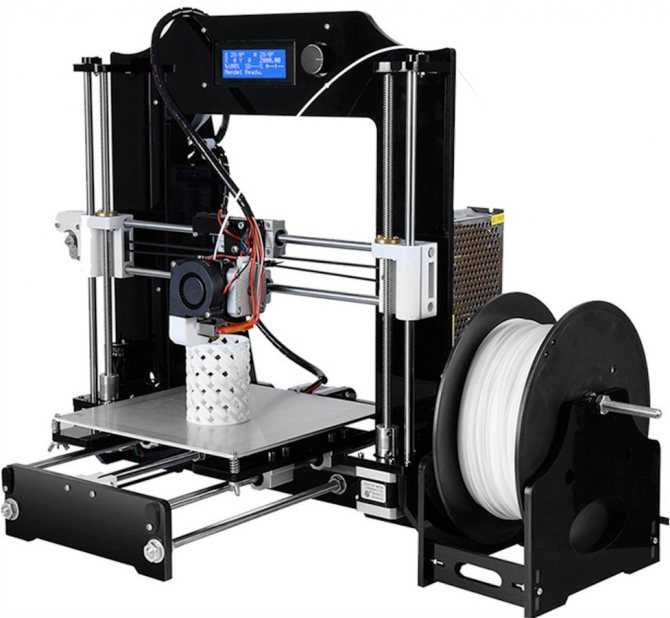
By optimizing the part’s geometry in ways that couldn’t be accomplished with subtractive technologies, they redesigned the gearbox for 3D printing - demonstrating one of the key advantages of 3D printing over traditional manufacturing.
Back to menu
Additive manufacturing advantages and production flexibility for L’Oréal
The benefits of additive manufacturing include shorter lead times and the design freedom to create complex geometries impossible to produce using subtractive or formative manufacturing methods. You also have the flexibility to quickly and easily alter parts to adapt to the semi-custom needs of an application.
This power to move quickly and offer flexible design and production capabilities allows you to easily modify parts to suit your particular application needs.
Cosmetics giant L'Oréal worked with HP to design and produce large volumes of modifiable “pucks” to move, fill and label products.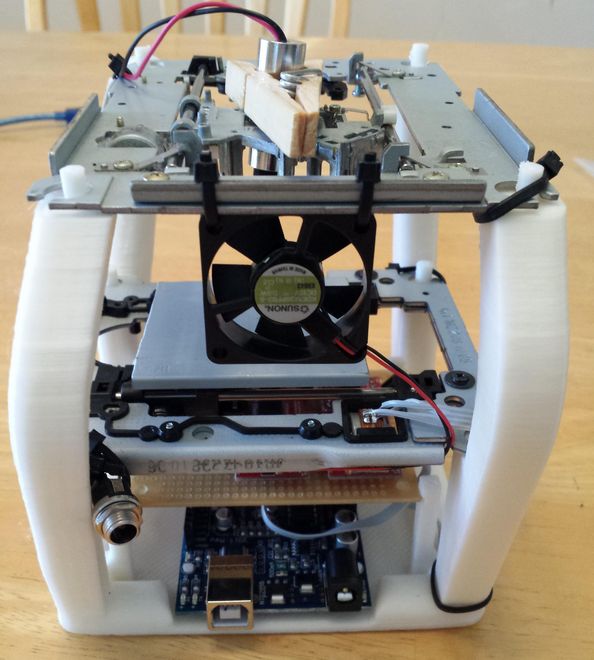 The 3D printing process allowed L’Oréal to develop customized pucks and quickly respond to changes in consumer behavior driven by the impact of the COVID-19 pandemic on its global supply chains (see Figure 2).
The 3D printing process allowed L’Oréal to develop customized pucks and quickly respond to changes in consumer behavior driven by the impact of the COVID-19 pandemic on its global supply chains (see Figure 2).
Not only did this solve a problem on the packaging lines, but L'Oréal also gained the ability to customize products more rapidly. Overall, L’Oréal concluded that the change reduced costs by 33% and increased time saved by 66%.
Data courtesy2
Figure 2: L’Oréal, the cosmetics giant, worked with HP to design and produce large volumes of modifiable “pucks” to move, fill and label products on its assembly line.
Back to menu
Producing customized labels: Campetella Robotic Centre
Label and packaging providers face an increasing demand to produce customized labels in a variety of substrates. To meet this, Campetella Robotic Centre, an Italian robotics company that designs and manufactures industrial automation solutions, invested in HP Multi Jet Fusion technology for its in-house 3D printing capabilities.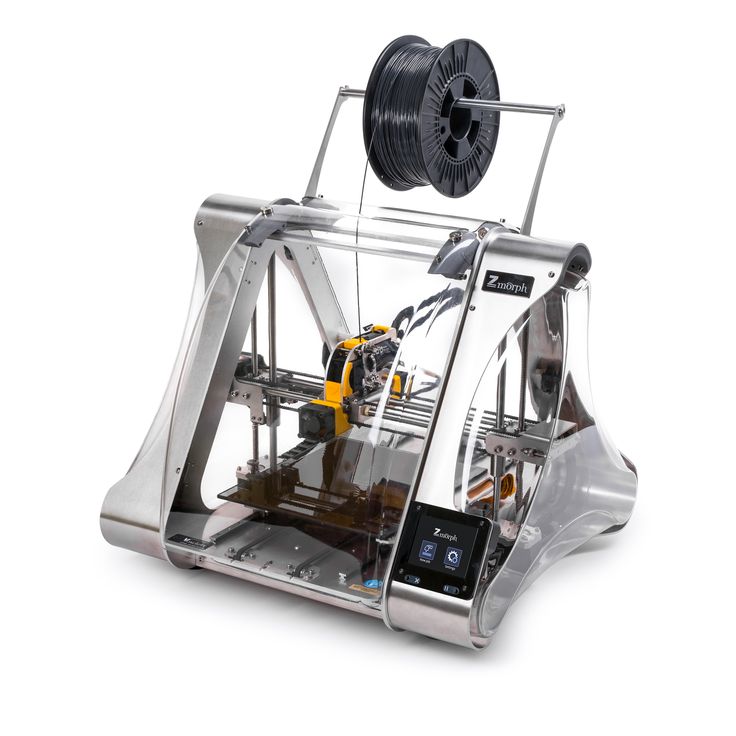
This allowed Campetella to produce robotic machines with custom end effectors that can handle labels of all shapes and sizes based on the label provider’s specifications (see Figure 3). Most of the components that Campetella produces using HP’s 3D printing technology add a final, personalized touch to the end-product.
Data courtesy3
Figure 3: Campetella produces robotic machines with custom gripping hands that can handle products such as labels of all shapes and sizes based on the label provider’s specifications.
HP’s Multi Jet Fusion technology allows the company to manufacture mechanical parts and components in-house quickly and cost-effectively without compromising on quality, precision, or material strength. On-board sensors monitor the printing process, while HP’s support services help to schedule maintenance and minimize downtime.
By integrating additive manufacturing solutions, Campetella has been able to achieve previously unattainable goals.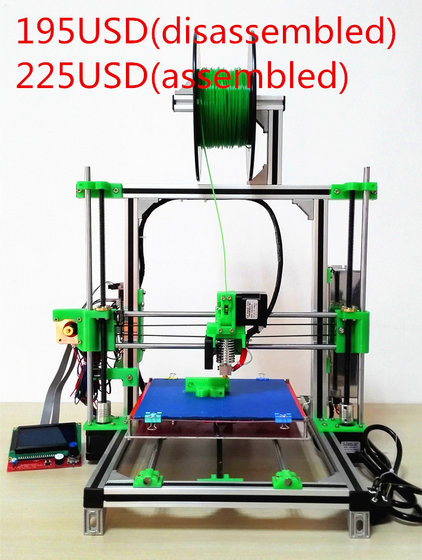 They have reduced the weight of spindles for dairy and yogurt manufacturing machines by 50% and slashed the time to market from eight to four weeks.
They have reduced the weight of spindles for dairy and yogurt manufacturing machines by 50% and slashed the time to market from eight to four weeks.
Back to menu
HP’s Multi Jet Fusion technology: optimizing part design for improved performance
Beyond reduced lead times, lower costs, and greater design freedom and customization, choosing the right additive manufacturing solution can improve durability, performance, and sustainability.
HP’s Multi Jet Fusion technology offers the improved durability essential in tough production environments due to isotropic part strength. The technology’s fusing method results in higher cross-layer fusion compared with other printers that offer only limited z-axis strength or flexibility. This enables you to optimize part design for improved performance even more.
Back to menu
Case study: benefits of 3D printing
Bowman: optimizing part design using 3D printing
Bowman produces industrial split roller bearing cage assemblies which play a significant role in bearing performance.:no_upscale()/cdn.vox-cdn.com/uploads/chorus_asset/file/8132379/cover.jpg) Because of their extremely complex geometries, they also can be difficult to manufacture with traditional techniques such as injection molding.
Because of their extremely complex geometries, they also can be difficult to manufacture with traditional techniques such as injection molding.
The company explored HP Multi Jet Fusion technology to optimize the design of its industrial split roller bearing cage assemblies to make it easier for manufacturers to assemble, maintain and repair their equipment (see Figure 4).
HP Multi Jet Fusion allowed Bowman to take prototyped parts into production and volume production easily and efficiently.
Data courtesy4
Figure 4: Bowman was able to optimize the design of its industrial split roller bearing cage assemblies to make it easier for manufacturers to assemble, maintain, and repair their equipment.
Back to menu
Designing parts with non-conventional geometries
Eliminating design restrictions found in traditional manufacturing technologies allows you to design parts with non-conventional geometries, which can guarantee better product performance. It also becomes easier and faster for you to customize without increased manufacturing costs, as would be the case with molding or machining operations.
It also becomes easier and faster for you to customize without increased manufacturing costs, as would be the case with molding or machining operations.
Reimagining your production process
Additive manufacturing capabilities enable you to reimagine your production process to meet customer requirements and make it easier for spare parts orders. 3D printing also allows you to create non-standard parts of all types and provide serial numbers, QR codes, engravings and textures in the same printing process.
Reducing inventory and logistics costs
With in-house additive manufacturing machines, you can reduce inventory costs and logistics costs from design through production.
You can also enjoy cost savings thanks to sustainability features such as less or almost no material waste compared to machining parts, no material waste because support structures are eliminated, using reusable and plant-based materials such as PA11 and material recyclability of 70-90%.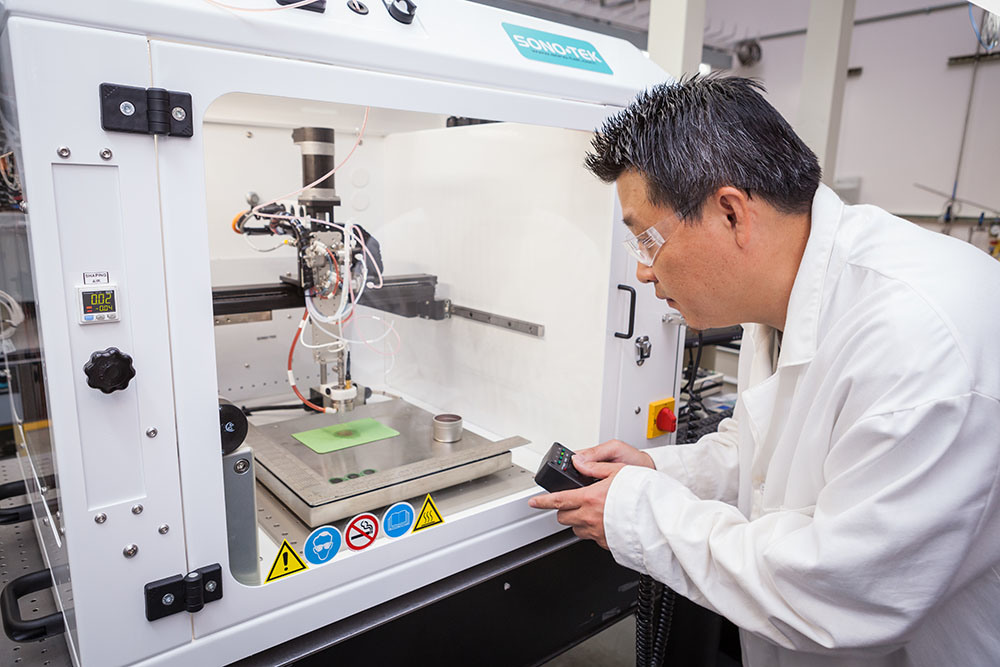
Working with new, lighter-weight alloys
Because of advancements in material properties, design engineers can look beyond aluminum or stainless steel to new, lighter-weight alloys. This enables higher performance parts, reduces the capital investment required and lowers energy consumption for applications such as robot end effectors and other automation applications.
Back to menu
Case study: benefits of 3D printing
Havatec and HP Multi Jet Fusion technology
Havatec evaluated using 3D printed parts in its advanced grading, bunching, and handling machines for the flower-cutting industry (see Figure 5). When designing its new “Wave” machine, which mechanically bunches flowers, Havatec selected HP Multi Jet Fusion technology to meet its complex manufacturing needs.
Data courtesy5
Figure 5: HP Multi Jet Fusion technology allowed Havatec to design and produce stronger and more durable parts for its flower-bunching machine.
The Wave machine uses more than 200 different part SKUs which are 3D printed using HP 3D High Reusability PA6 116 material, with several copies of each SKU integrated into one machine unit. Havatec engineers selected this material because of its enhanced elongation at break and impact resistance, properties that contribute to better machine performance.
Havatec’s tests validated that parts made with HP 3D High Reusability PA6 116 lasted for approximately five million cycles because of its strength and durability. Havatec manufactures five to 10 Wave machines per year and expects to increase production annually, resulting in two to three HP MJF-produced buckets per week, including prototypes and final parts.
Back to menu
3D printing case study:
Langhorne Carpet Company, ProtoCAM and HP Multi Jet Fusion technology
Textile machinery manufacturer Langhorne Carpet Company used ProtoCAM, a 3D parts provider, to produce spare parts for its looms (see Figure 6) with 3D printing.
Working with HP Multi Jet Fusion 3D printing and using HP 3D High Reusability PA 127 material, the company saved on the cost of producing the specialized wooden components and decreased delivery time. In addition, HP MJF 3D printing allowed the company to improve the design of its parts, substituting vents for drilled holes to enhance the weaving process.
Data courtesy8
Figure 6: Using 3D printed parts, Langhorne Carpet Company was able to improve the design of components and enhance the weaving process.
Back to menu
Researching before you invest in 3D printing
If you’re just getting into the 3D printing world, there are many ways to gain information.
Most 3D printing equipment manufacturers and service bureaus offer educational sessions and virtual demos online. Engineers can also interact online or in person at trade shows to discuss specific applications, check out parts physically, and evaluate one technology against another.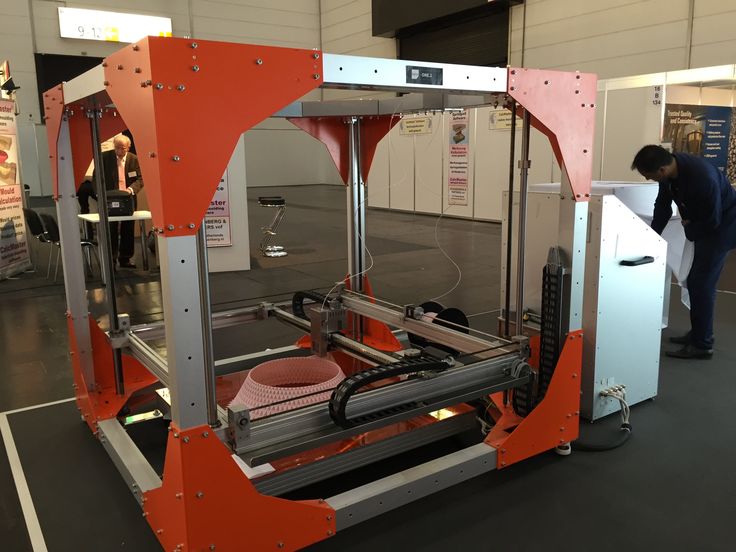
3D printing service bureaus are often willing to assist with converting conventional part designs using DfAM techniques. This can include a comprehensive evaluation of production strategies and cost reduction opportunities. These suggestions are particularly valuable to companies not ready to purchase an industrial 3D printer.
If you’re not yet committed to directly implementing additive manufacturing solutions in-house, you can benefit from outsourcing opportunities for 3D printed parts. Although outsourcing can increase part costs, it also allows your in-house engineers to explore multiple 3D printing technologies and materials while eliminating the upfront costs of capital equipment.
You may want to take a look at the HP Digital Manufacturing Network—a global network and directory of 3D parts suppliers that can help accelerate your business’ digital transformation with 3D printed parts - enabling rapid innovation, fast time-to-market, distributed manufacturing, and a lean supply chain.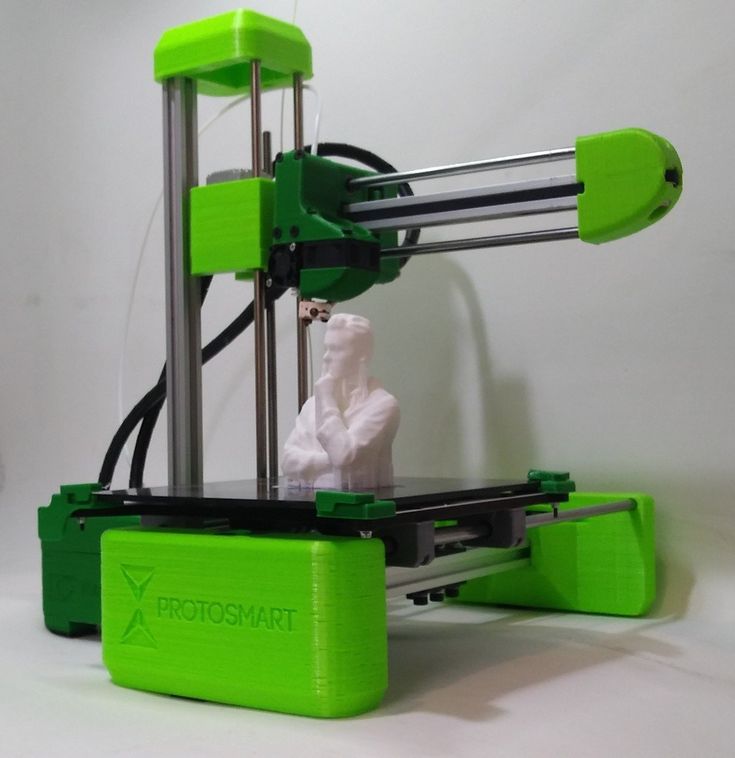
HP Digital Manufacturing Network partners have been evaluated and qualified based on their end-to-end 3D printing service capabilities for production at scale, as well as their manufacturing and quality processes. HP Digital Manufacturing partners offer:
- Advanced Additive Manufacturing processes
- Industry standard certifications
- Robust quality management
- Volume job production
Search the HP Digital Manufacturing Network directory to connect with a wide network of HP certified 3D parts suppliers around the world.
Back to menu
3D printing: more than just customized products
The new dimension that 3D printing offers allow not just customized products, but a more customized manufacturing strategy. As technology and the benefits of 3D printing continue to expand, you can respond to market changes more quickly and meet industry demand for flexibility and faster turnarounds through the integration of additive manufacturing solutions.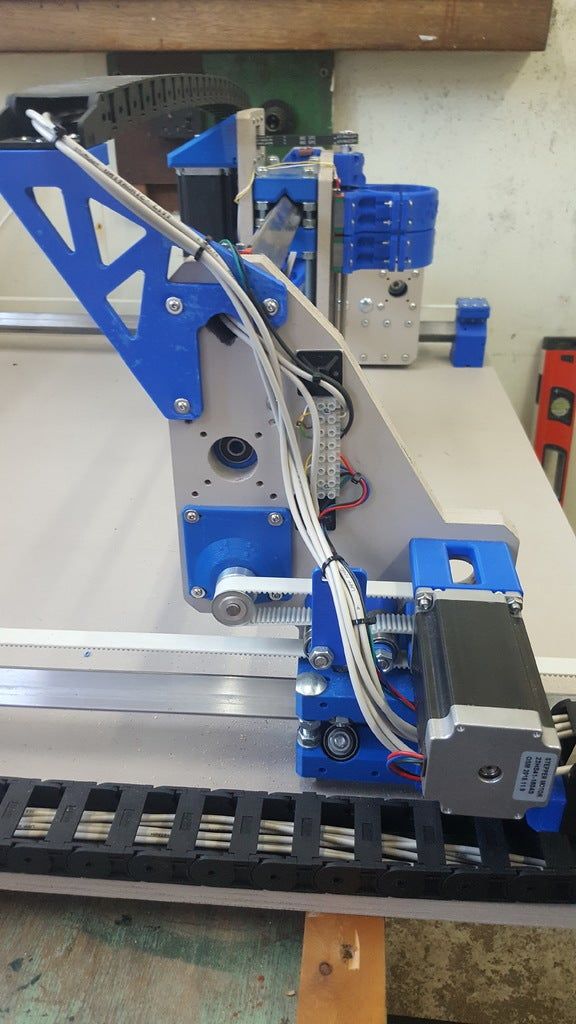
Inevitably, you’ll need to evaluate 3D printing pros and cons for your own unique circumstances. But this article should make it abundantly clear that 3D printer benefits are many, depending on your business and industry.
Back to menu
Want to continue learning?
Footnotes and disclaimers
- Data courtesy of Biesse Group
- Data courtesy of L'Oreal
- Data courtesy of Campetella Robotic Centre
- Data courtesy of Bowman
- Data courtesy of Havatec
- HP Jet Fusion 3D Printing Solutions using HP 3D High Reusability PA 11 provide up to 70% powder reusability ratio, producing functional parts batch after batch. For testing, material is aged in real printing conditions and powder is tracked by generations (worst case for reusability). Parts are then made from each generation and tested for mechanical properties and accuracy.
- HP Jet Fusion 3D Printing Solutions using HP 3D High Reusability PA 12 provide up to 80% powder reusability ratio, producing functional parts batch after batch.
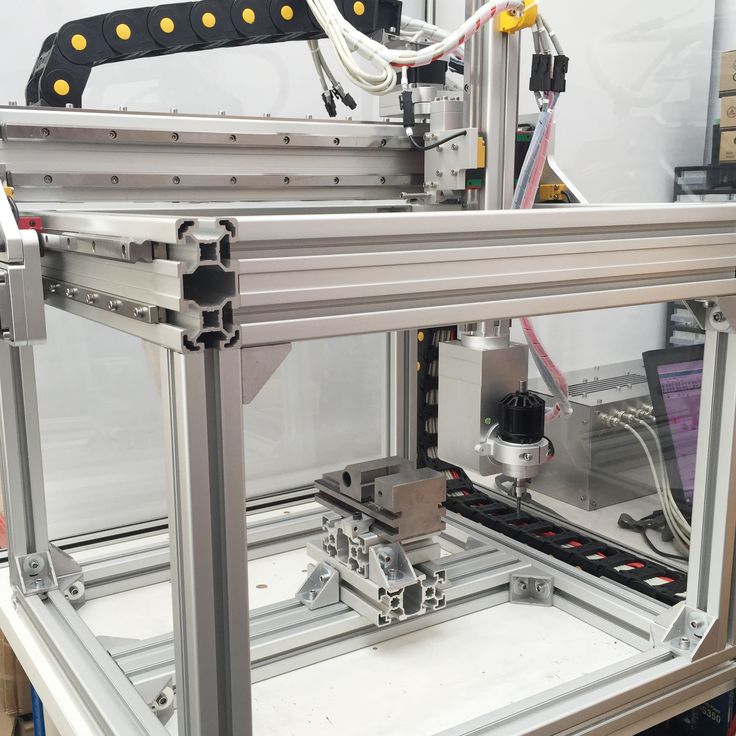 For testing, material is aged in real printing conditions and powder is tracked by generations (worst case for reusability). Parts are then made from each generation and tested for mechanical properties and accuracy.
For testing, material is aged in real printing conditions and powder is tracked by generations (worst case for reusability). Parts are then made from each generation and tested for mechanical properties and accuracy. - Data courtesy of Langhorne Carpet Company
3D printed press brake punching tools
Last week, we made 50 parts for customers using printed press brake tooling, which allowed us to produce ordered parts quickly without having to order tooling and wait. All parts produced were to specification and the client was happy to receive their parts so quickly. The customer's part was thin aluminum, so I wanted to see what thicknesses could be formed with these tools, so I decided to develop more tools and test them by bending different thicknesses of steel.
Note: This article is a translation.
Step 1: Print Options
The most durable tools in this video were printed on a Prusa i3 MK3s 3D printer using standard PLA.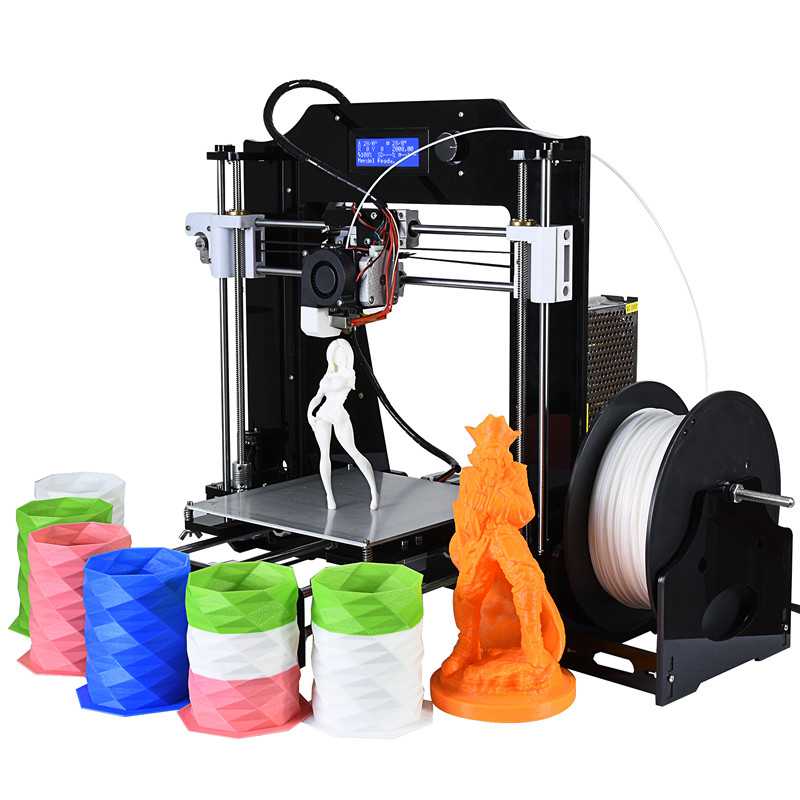 I printed 12 perimeters with 20% gyroid infill at 0.2mm layer height.
I printed 12 perimeters with 20% gyroid infill at 0.2mm layer height.
The tools in my video bend steel up to 3.4 mm thick without significant wear after more than 150 consecutive bends. The force required to bend 10 gauge mild steel (0.134"/3.4mm) at a 1" bend length through a 1" diameter V-die is approximately 0.79tons or 1580 pounds.
Metal forming experts Cincinnati Inc. have tested their 3D printed tools up to 14ga steel and achieved 1000 bends success. Cincinnati also uses PLA for its molding tools, as it is much more rigid than many of the other common materials used in standard FDM printers.
Step 2: Select tool
Download any of these 3D models to get started. I have added each of the tools tested in the video.
Gooseneck+125R.stp 28 Download
Thin+125R.stp 25 Download
Wide+125R.stp 24 Download
Step 3: Experiment!
Here are some ideas for other people who don't have access to a press brake to use these forming tools:
- Vise - You can easily adapt my designs or create your own to attach to regular sheet metal bending vises at home.
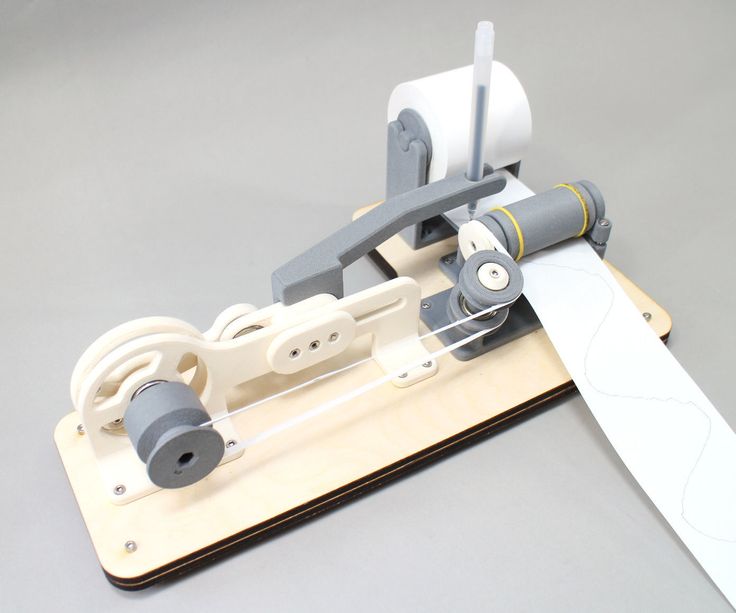
- Mandrel Press - You can create a forming tool that attaches to a mandrel press.
- Attachments - I develop various radius fixtures that can be attached to existing rigs. This will greatly speed up the printing time.
Step 4: Learn from the Experts
If you're interested in learning more about what experts in the field have to say about this, check out these two articles: Do you need non-standard plate bending equipment? Print it on a 3D printer! [Part 1] and Benefits of 3D Printed Press Brake Tooling
These articles really sparked my interest in these tools and I'm glad I did them. This process will save my shop a lot of money in the future and, more importantly, reduce lead times for our customers.
If you liked the article, please like, share it with your friends and leave comments!
The Complete Guide to 3D Printing [Part 2]
3D printing is used in a variety of industries, both for rapid prototyping and short-term production.
In various industries, a key application of 3D printing is the rapid prototyping of new parts during R&D. No other technology has the capability to instantly produce plastic or metal parts - even in non-factory conditions.
3D printers can be used in-house by companies, while some businesses prefer to order 3D printed prototypes through service bureaus.
Medical
3D printing can be used to make medical components such as titanium implants and surgical guides (SLM), 3D printed prostheses (SLS, FDM) and even 3D bioprinted human tissues. Components for medical equipment and technology - X-ray machines, MRI, etc. - can also be made by 3D printing.
SLA and SLS technologies are also widely used in the dental industry for model making, prostheses and restorations.
Aerospace
The aerospace industry has become a major consumer of 3D printing technology because it can produce very light parts with an excellent strength-to-weight ratio.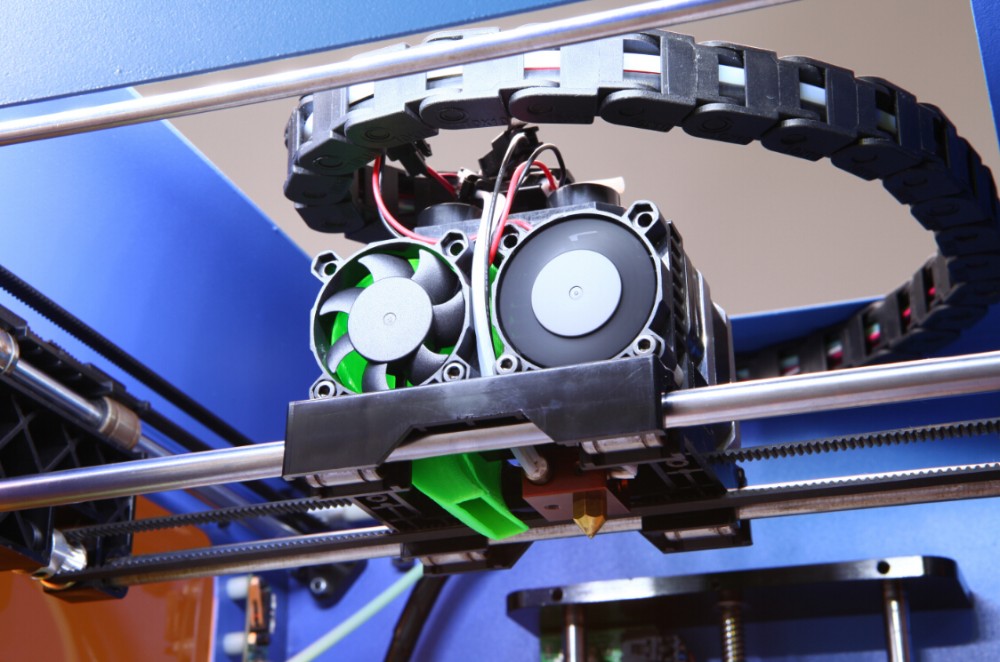 Examples include things as simple as cab bulkheads (SLS) and down to revolutionary engine components (SLM) such as the 3D printed fuel injector tip designed and manufactured by GE.
Examples include things as simple as cab bulkheads (SLS) and down to revolutionary engine components (SLM) such as the 3D printed fuel injector tip designed and manufactured by GE.
Cars
Automotive companies regularly use 3D printers to make one-off parts and repairs, as well as rapid prototypes. Common 3D printed automotive parts include brackets, dashboard components, and antennas (FDM).
More extreme examples include vehicles with large 3D printed metal structural components, such as early models from automotive startup Divergent.
Jewelry and art
3D printing technologies such as SLA are widely used (as an indirect fabrication process) in the production and repair of jewelry, while almost all types of 3D printers can be used to create works of art and sculptures.
Engineering
Advances in additive manufacturing with high quality workmanship have expanded the scope of applications in construction and architecture. Concrete 3D printing, which is a bit like FDM but with very wide nozzle extruders, plays an important role in this industry, but more common 3D printing technologies such as SLM can be used for products such as bridge structures.
Concrete 3D printing, which is a bit like FDM but with very wide nozzle extruders, plays an important role in this industry, but more common 3D printing technologies such as SLM can be used for products such as bridge structures.
3D printing file formats:
3D printing parts can be designed with standard CAD software, but 3D printers can only read certain file formats. There are four main file formats for 3D printing.
STL: The most common file format for 3D printers, STL contains part geometry information in the form of tessellated triangles. It does not contain information such as color, material, or texture. The file size is proportional to the detail, which can be a problem.
OBJ: Less common than STL, the OBJ file format encodes the geometry of a 3D model and can include curves and free-form surfaces in addition to tessellation. It can also contain color, material, and texture information, making it useful for full color processes.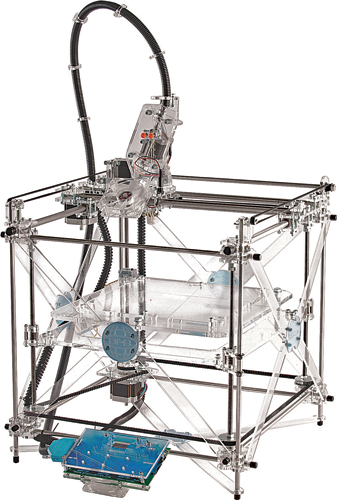
3MF: Invented by Microsoft, 3MF is an XML-based format with small file sizes and a good level of error prevention. It has not yet been widely adopted, but is supported by companies such as Stratasys, 3D Systems, Siemens, HP, and GE.
AMF: The successor to the STL format, AMF is much more compact and allows you to tessellate both curved and flat triangles, making it much easier to encode parts of various shapes. Since its inception, the format has been slowly adopted.
3D printing settings and specifications:
3D printing uses specific terminology that may not be clear to beginners. These terms refer to printer settings and/or specifications that can affect how 3D printed parts turn out.
Infill
When making 3D printed parts, it may be necessary to specify an infill percentage, which refers to the internal density of the part. A low infill percentage will result in a mostly hollow part with minimal material holding the mold together; a high infill percentage will result in a stronger, denser, and heavier part.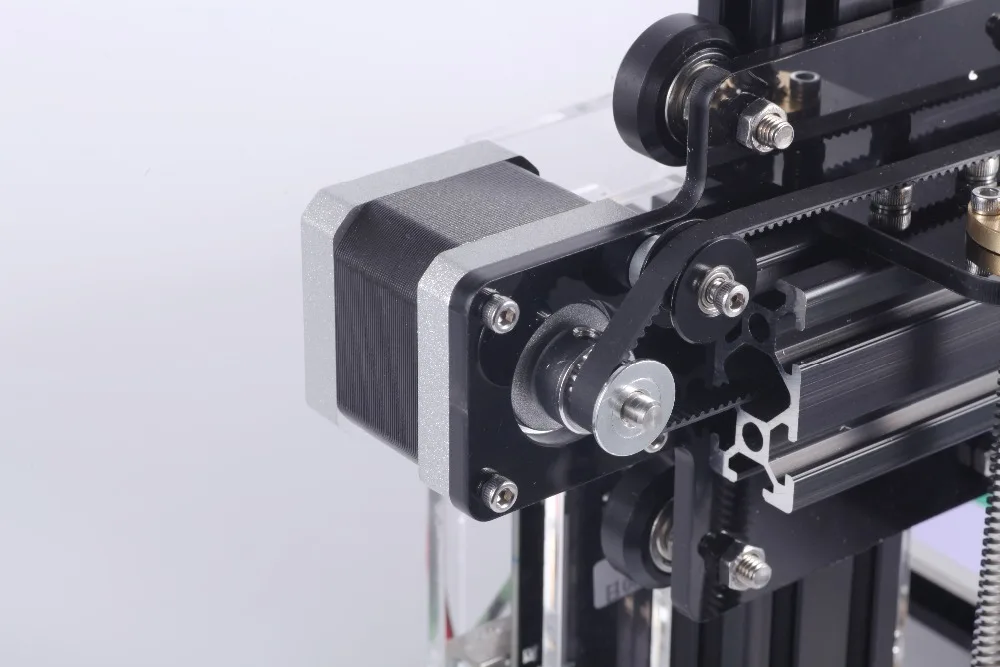
Layer Height
Layer height, sometimes referred to as z-resolution, is the distance between one 2D part layer and the next. A smaller layer height means finer resolution (and higher possible level of detail) along the z-axis, i.e. top down. A low layer height is an indication of a high quality printer, but users can set a higher layer height for faster, more economical printing.
Print speed
The printer's print speed, measured in millimeters per second, indicates the speed at which the machine can process the source material. Like the layer height, this value can either be a measure of the printer's maximum speed or be user-defined: slower print speeds usually result in more accurate prints.
Print temperature
When applied to processes such as FDM, print temperature usually refers to the temperature of the hot end, the part of the print head that heats the thermoplastic filament. Some FDM printers are also equipped with a heated print bed, the temperature of which is specified by the manufacturer.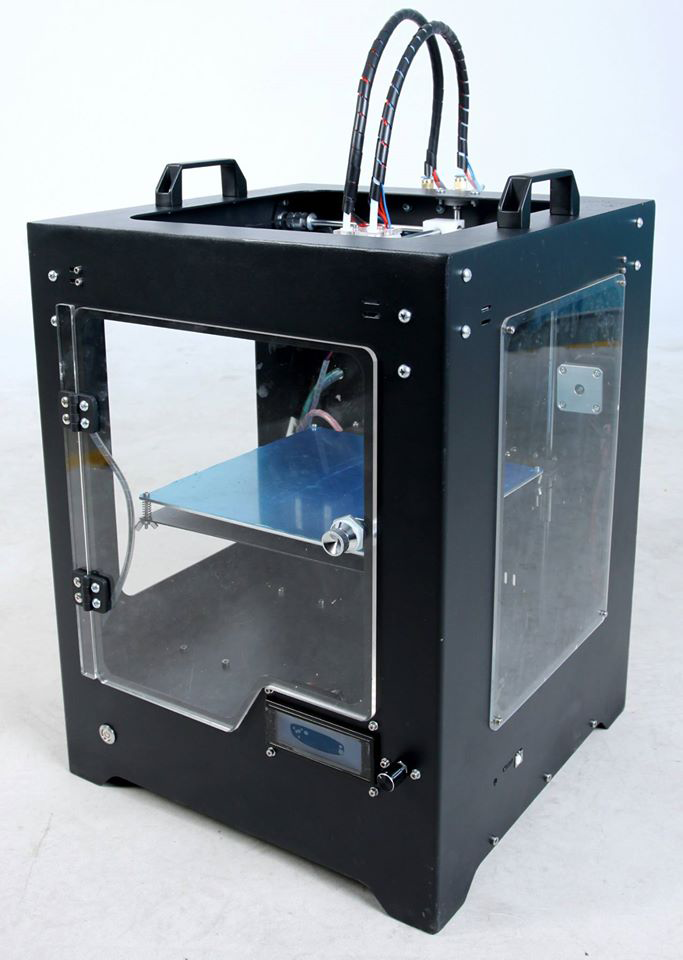 In both cases, the temperature is usually controlled by the user.
In both cases, the temperature is usually controlled by the user.
Resolution
In 3D printing, resolution almost always refers to the smallest possible movement along the X and Y axes (width and depth) of either the laser beam (SLA, SLM, etc.) or the print head (FDM). This value is more difficult to measure than the height of the layer, and it is not always proportional to it.
Shells
Like wall thickness in injection molding, shell (or shell thickness) refers to the outer wall thickness of the 3D printed part. When 3D printing, users usually have to choose the number of shells: one shell = outer walls as thick as a 3D printer nozzle; 2 shells = twice the thickness, etc.
Color 3D printing:
Since 3D printing is primarily used as a prototyping tool, single color prints are sufficient for most applications. However, there are several options for color 3D printing, including high-end material inkjet printers, multi-extruder FDM printers, and post-processing options.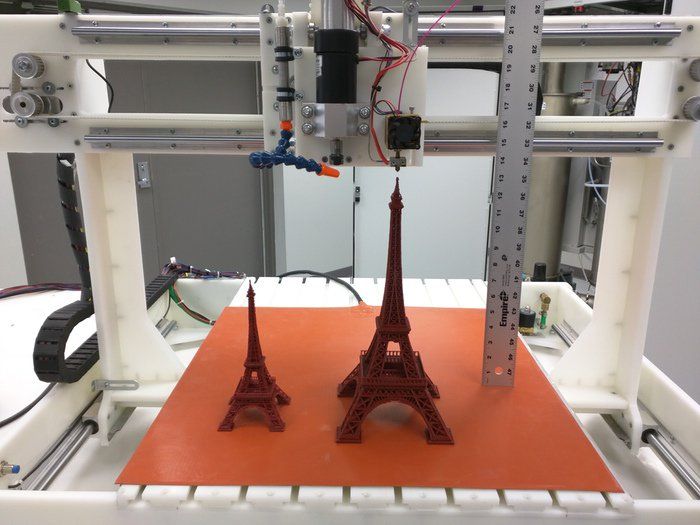
Inkjet technologies
Major 3D printing companies such as Stratasys, 3D Systems and Mimaki have developed 3D inkjet printers for materials and binders that can print 3D models in full color, just like 2D inkjet printers. However, these machines are expensive and the parts do not always have excellent mechanical properties.
Multiextrusion
Several FDM 3D printers are equipped with two (or more) printheads, allowing you to simultaneously print on two spools of filament - different colors or even different materials - within the same print job. It's simple and affordable, but usually limited to two colors.
Filament replacement
Single extruder FDM 3D printer can produce multi-color prints. To do this, you need to pause printing at certain points and replace the spool of thread with a thread of a different color. This is a very slow method of applying color and does not allow precise control over where each color goes.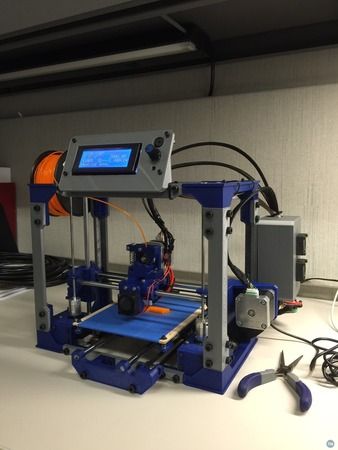
Adding color after printing
Many 3D printed parts can be dyed, tinted or painted after printing. While this adds another step to the process, it often strikes the best balance between quality and economy.
Post-Processing 3D Printed Parts:
Many 3D printed parts require at least some level of post-processing after leaving the print bed. This may include important processes such as the removal of supports, or additional cosmetic processes such as painting. Some processes apply to all or most 3D printing technologies, and some are specific to a particular technology.
Removing the support
3D printing technologies such as FDM and SLA require the installation of support structures (vertical posts between the printed layer and the part itself) so that the printed object does not collapse during the manufacturing process.
These supports must be removed when the part is finished. Some printers, such as dual-extrusion FDM machines, can print dissolvable support structures, allowing the support structures to be easily detached from the part using liquid chemicals.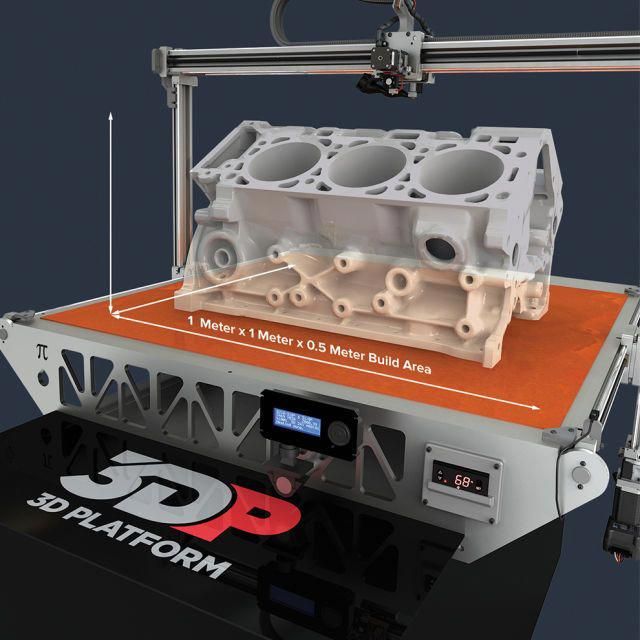 Insoluble supports must be manually cut from the part, leaving a mark that may need to be sanded down.
Insoluble supports must be manually cut from the part, leaving a mark that may need to be sanded down.
Wash and remove powder
Some 3D printing technologies (such as SLA) leave sticky marks on parts, while others (SLM, SLS) may leave powder marks. In these cases, the parts must be washed - manually or with a special machine - or the powder removed with compressed air.
Heat treatment
Many key 3D printing technologies print parts from materials that are not yet in their final chemical state after leaving the printing mold. Such details are sometimes called "green".
Many 3D printed metal parts require heat treatment after printing to increase layer fusing and remove contaminants. And bonded inkjet 3D printers, for example, produce parts that need to be stripped and sintered after printing to remove resin bond layers from inside metal parts.
Some 3D printed resin parts require post-curing after printing to increase their hardness and make them usable.
Surface Treatment
3D printed parts can be subjected to a wide variety of surface treatments, from textural treatments such as sanding and smoothing, to visual treatments such as painting and toning. Some technologies, such as FDM, can create a rather rough surface that requires sanding, while others, such as SLA, produce a much smoother surface.
Combination of 3D printing with other technologies:
3D printing does not have to be used as a separate process. Rather than being seen as a competitor to CNC machining and injection molding, it can actually complement these and other manufacturing processes.
Combination examples include:
- 3D print the main body of the part and then CNC mill the thin parts to tighter tolerances;
- 3D printed master pattern for investment casting or vacuum casting;
- 3D print the part and then injection mold using injection molding.
There are hybrid production systems that combine 3D printing with other technologies. For example, Mazak's INTEGREX i-400 AM and DMG MORI's Lasertec DED can perform both 3D printing and CNC milling.
For example, Mazak's INTEGREX i-400 AM and DMG MORI's Lasertec DED can perform both 3D printing and CNC milling.
Will 3D printing replace other manufacturing processes?
Analysts have long speculated about whether 3D printing could replace other manufacturing processes, including:
- Processing;
- Moulding;
- Casting.
However, despite the desire of AM equipment manufacturers to position 3D printing as an end-to-end manufacturing technology, in practice, 3D printing is still limited to some specific manufacturing operations, especially the low-volume production of specific materials.
In some areas, 3D printing has certainly overtaken other processes. For example, rapid prototyping with inexpensive plastics like ABS now dominates 3D printing, as ABS is cheaper to print than machined. 3D printing also seems to have established itself as the ideal tool for making objects such as patient-specific titanium medical implants: the speed and geometric flexibility of 3D printing is hard to beat in these specific situations.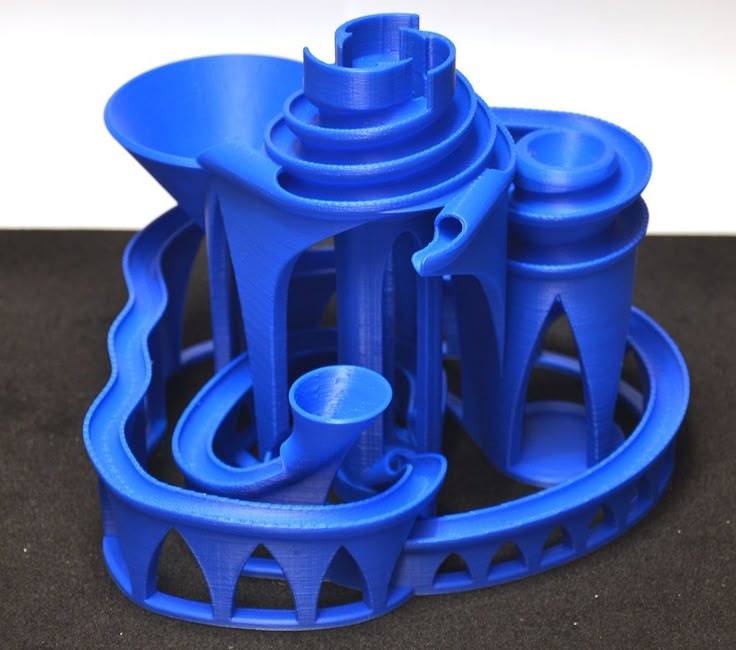
In addition, 3D printing is an ideal tool for making objects such as patient-specific titanium medical implants.
Despite this, processes such as CNC machining currently remain the best for producing high quality parts and prototypes from engineering materials such as POM, PEI, PPS and PEEK, with surface finishes far superior to 3D printing. . In addition, processes such as injection molding are still infinitely faster for mass production of simple plastic parts.
In addition, while additive manufacturing is one of the most significant technological advances in manufacturing, placing it in a stronger position in manufacturing in general, more established processes such as CNC and injection molding are also being improved to produce higher quality parts. .
3D printing will continue to take an increasing share of manufacturing jobs, but it will not completely replace other technologies.
What did 3D printing look like 10 years ago?
A decade ago, the nascent 3D printing industry was gearing up for what it believed was going to be a 3D printing revolution: a 3D printer in every home, allowing families to print new items they might need, such as a spare part for a refrigerator, a new toy for kids, or even components to build a second 3D printer.
In 2012-2014, FDM 3D printer manufacturers such as MakerBot actively promoted their 3D printers in the consumer market, trying to convince ordinary people that a 3D printer can improve their home life and work. However, it was clear that these companies were trying to exploit the novelty factor of 3D printing and that their products had no practical application; a 2012 MakerBot press release seems to prove it: Make an entire chess set at the touch of a button. Friends, classmates, colleagues and family members will see what you are doing and say "Wow!".
Just a few years later, this so-called 3D printing revolution clearly failed, and many 3D printer manufacturers began to rethink their goals, moving from consumer to professional and industrial markets, where there were more specific (and profitable) applications of additive technology.
In addition, those who were already working in the professional and industrial fields - companies such as 3D Systems and Stratasys - began to try to destroy the image of 3D printing as a prototyping technology, positioning it as a viable mass production tool (which, obviously, , could be more profitable for the 3D printing industry, as manufacturers would have to fill entire factories with 3D printers, buy 3D printer management software, and hire 3D printing consultants).
What will 3D printing look like in 10 years?
3D printing companies have abandoned the prospect of putting a 3D printer in every home. However, in 10 years, they can expect some form of additive manufacturing to appear in more factories.
Although there is less talk about 3D printing today than in 2012, the technology continues to gain momentum in the professional and industrial world.
According to a recent report, market research company 3DPBM Research expects the value of additive metal manufacturing to rise from $1.6 billion in 2020 to $30 billion by 2030, and this is largely due to the repositioning of AM as a manufacturing tool and the development of more high-performance engineering materials. (That said, 3D printing will remain a valuable prototyping tool in many industries, and prototyping applications will benefit just as much from technological advances.)
However, not only metal AM is being developed. Technologies such as HP's Multi Jet Fusion have opened up new possibilities for plastic printing, and innovators such as Carbon have developed new high-speed processes in the photopolymerization category.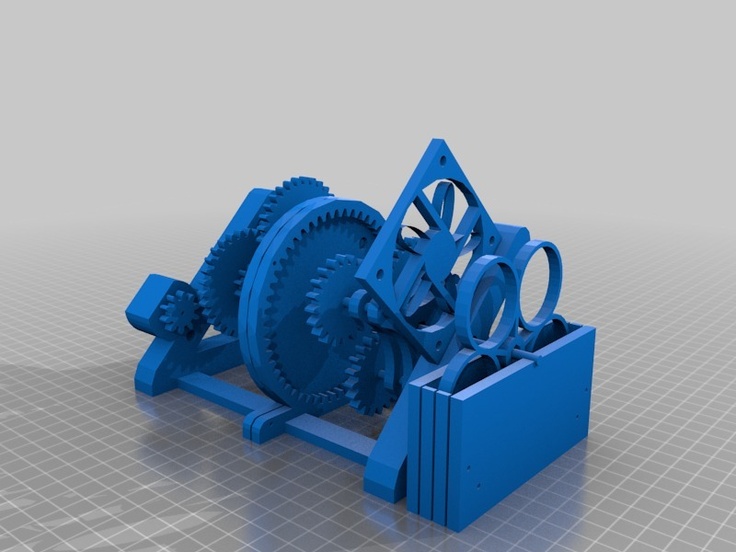 Niche areas such as 3D bioprinting and micro 3D printing are also regularly opening up new opportunities, and composite 3D printing (such as continuous carbon fiber 3D printing) is also on the rise: IDTechEX predicts that by 2030, the market size of composite 3D printing will be $1.7 billion
Niche areas such as 3D bioprinting and micro 3D printing are also regularly opening up new opportunities, and composite 3D printing (such as continuous carbon fiber 3D printing) is also on the rise: IDTechEX predicts that by 2030, the market size of composite 3D printing will be $1.7 billion
In short, 3D printing will gradually become a serious competitor to other manufacturing processes in many disciplines.
How to outsource 3D printing services?
Investments in 3D printing hardware and software are not suitable for all businesses, so many successful companies outsource their 3D printing needs to third parties, such as online 3D printing service bureaus (for one-time projects) or prototyping partners and production, such as 3ERP (for one-time projects or repeat orders).
When outsourcing 3D printing services, it is important to consider whether your business needs design and manufacturing services or just manufacturing services. (Keep in mind that a poorly executed 3D model may fail for 3D printing).


